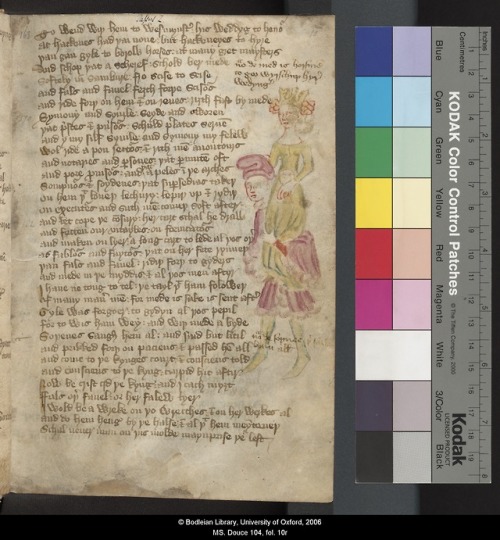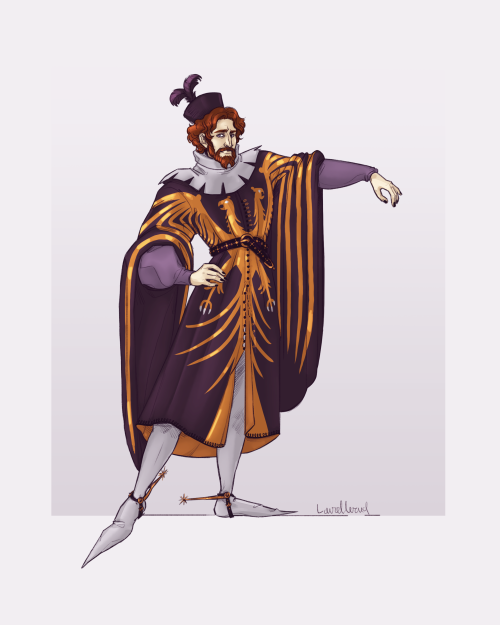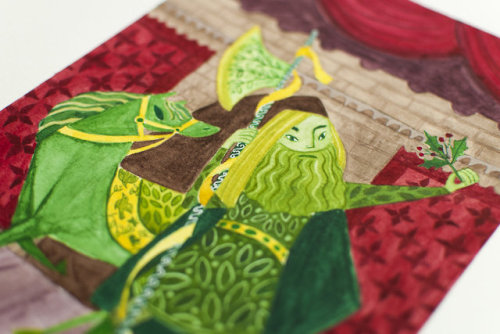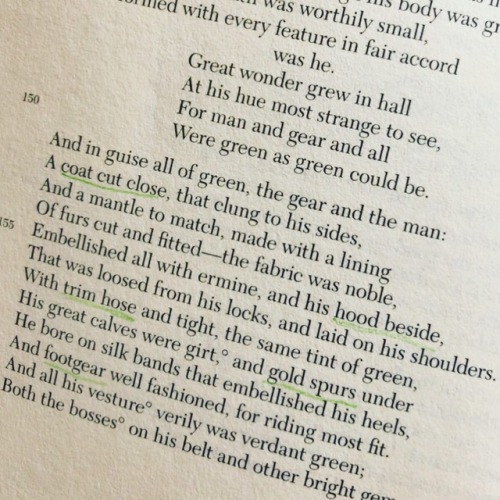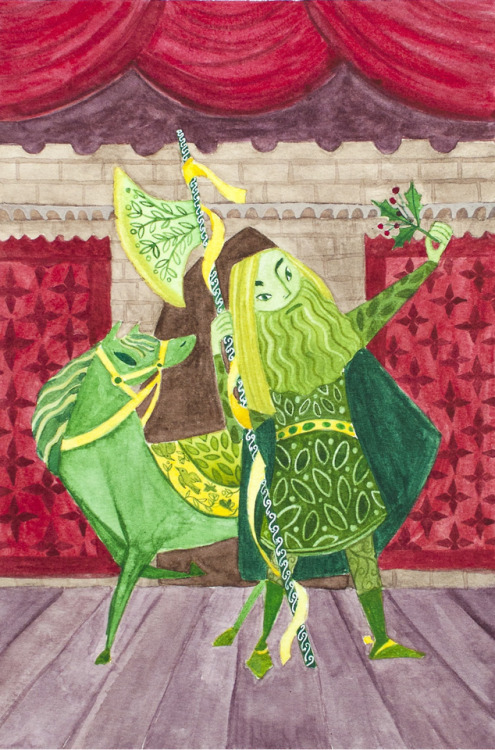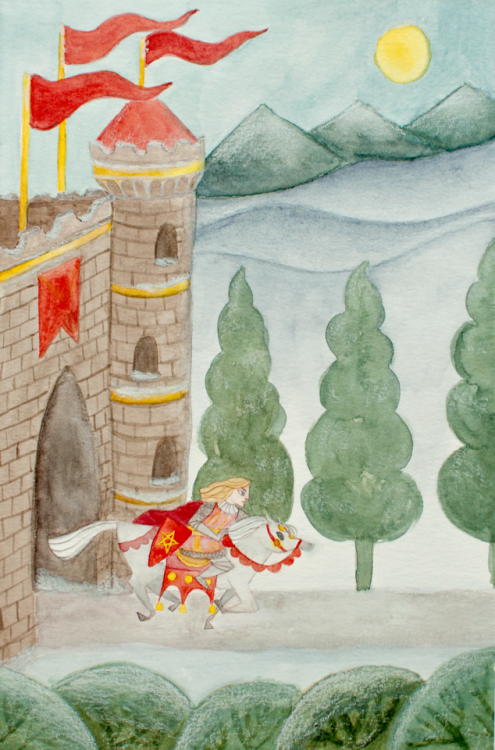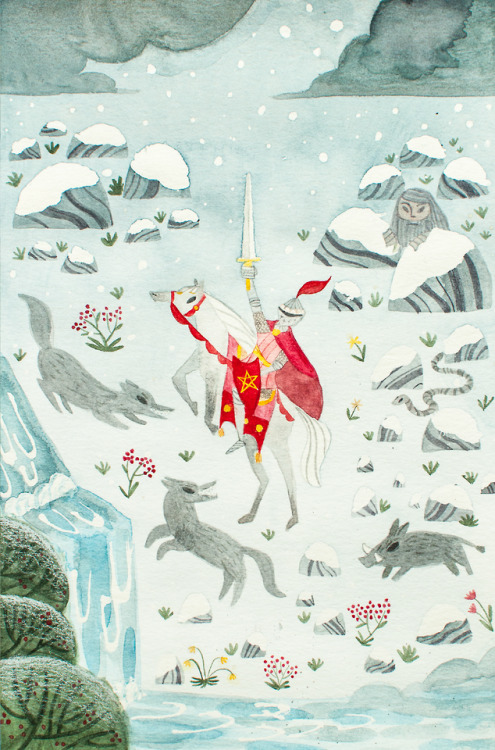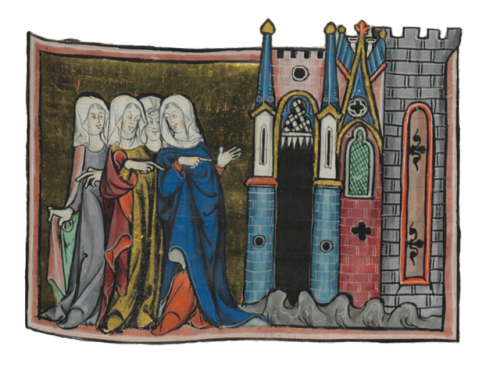#medieval literature
The fact that Dante created the most popular image of the afterlife with absolutely no theological basis for it will still be the funniest thing to me
Church: Heaven is eternal connection with God, while Hell is total separation from Him. Anything else is only speculation.
Dante: Actually Hell has layers like an onion, and the devil is big and mean and also frozen. People are fighting and there’s a mountain to get to Heaven and a nice place for babies. Also I know this because I went there with my friend :)
Dante: I had a dream where I astral projected into hell with the famous poet Virgil who I am totally Best Bros with. I wrote a poem about it if you wanna read it idk
Several Popes: Thank you king I am commissioning fan art of you
Dante didn’t createthis image. To write Divine Comedy he used islamic eschatology (which, among other things, gave him the very idea of structuring his poem like this) and preexisting christian folk beliefs. Not to mention all the religious, philosophical and classical sources ne used for reference. Medieval writers in general preferred reinterpreting and assembling together preexisting material over original invention.
You can’t really get mad at ppl calling Divine Comedy fanfiction when you yourself say the most innacurate thing immaginable about it.
Nations and National Identities in the Medieval World: An Apologia
Nations and National Identities in the Medieval World: An Apologia Rees Davis Journal of Belgium History, XXXIV, 2004 (4) Medieval historians tend to find themselves in a tricky position when there is any discussion of nations and national identities. They are painfully aware that they may be regarded as unwelcome and even improper guests at such a discussion. If the topic can be extended to…

Andreas: an Edition Edited by Richard North and Michael Bintley This is the first edition of Andreas for 55 years, also the first to present the Anglo-Saxon, or rather Old English, text with a parallel Modern English poetic translation. The book aims not only to provide both students and scholars with an up-to-date text and introduction and notes, but also to reconfirm the canonical merit of…

Medieval Oral Literature Karl Reichl (editor) Medieval literature is to a large extent based on oral tradition and permeated by various forms of orality: literary texts were commonly read aloud, up into the late Middle Ages; popular literature was often transmitted orally and performed by public entertainers; and a number of literary forms were shaped by an oral background. Although questions of…
Beowulf, Harry Potter, and Teaching the Uses of Literature
Beowulf,Harry Potter, and Teaching the Uses of LiteratureMargaret Cotter-Lynch
Southeastern Oklahoma State University
I teach Beowulfin a sophomore-level general education humanities course at a small, public, regional university in rural Oklahoma. The catalogue description of the course is simply: “Unity of philosophy and the arts in the ancient and medieval world. Emphasis on relevance to…
zmiy:
The Song of Roland; this image simultaneously depicts different phases of this medieval French epic.
Charles the King, our Lord Sovereign,
Full seven years hath sojourned in Spain,
Conquered the land and won the western main,
Now no fortress against him doth remain,
No city walls are left for him to gain,
Save Saragossa, that sits on the high mountain.
Post link
Here is the opening scene, of the Green Knight entering Camelot at the Christmas feast. . .
Post link
A new series of paintings I’m working on, based on the medieval romance, “Sir Gawain and the Green Knight”. Using watercolours and gouache and painting them in the style of medieval tapestries! Here are the first three all together.
Post link
I read “Sir Gawain and the Green Knight,” (a medieval poem) last year and was inspired by its beautiful verses and how visually descriptive the language was. I’m using Marie Boroff’s translation to paint a series of illustrations in the style of medieval tapestries! Will share some sketches soon!


Echtra Fergus mac Léti facsimile copy Gaelic manuscript 11th Ct - Copy of 8th Ct text
“This medieval tale "Echtra Fergus mac Léti” (Saga of Fergus son of Léti) contains the earliest known reference to a leprechaun (8th Century). This facsimile copy is on display in Ireland’s National Leprechaun Museum.“
-taken from @nicolekearney & @leprechaun_ie on twitter
https://paganimagevault.blogspot.com/2022/03/echtra-fergus-mac-leti-facsimile-copy.html
L’Estoire del Saint Graal, Robert de Boron, Romans arthuriens, f. 78r, 1270-1290, Northern France
Post link

June 2nd, 2022 | One thing I love about climbing gyms: there usually is a quiet spot where you can work and I think I might end up writing my PhD thesis in this new gym
“The only Hebrew version of the perennially popular Arthurian legends was written in northern Italy in 1279. […] The 13th-century Italian Jewish translator’s literary methods are as fascinating as are the Arthurian stories in Hebrew dress. The scribe not only translates from Italian, [..] he also changed and Judaized the story. The scribe’s manner of Judaization is evident at the outset of the romance; the apology itself is filled with terms from a familiar Jewish world. Instrumental to the Judaization of the Arthurian romance are the scribe’s choice of plot (the seduction of Igerne by the king, with its parallels to the David-Bath-Sheba story), additions and omissions, use of language, and treatment of certain passages to stress Jewish ideas. For instance, the feast at which Uther meets Igerne is described in the Old French sources as a Christmas feast. In the Hebrew version, the statement “Then the king made a great feast for all the people and all the princes” (based on Esth. 2:18) conveys the aura of a Purim feast. Another example of such transference of concepts occurs when the translator takes the talmudic word tamḥui (“a charity bowl from which food was distributed to the needy”), with its uniquely Jewish associations, to describe the grail, an overtly Christian symbol. The constant use of well-known biblical phrases reminds the reader of religious literature and produces the effect of biblical scenes in the midst of the Arthurian narrative. In this fashion, then, the text and the language interact in polyphonic fashion.”—Jewish Virtual Library | King Artus: A Hebrew Arthurian Romance of 1279(viabors-of-gaunis)
Hey, my apologies if someone has already done this but I wanted to add a link to both the original Hebrew pdf and the translation in Modern English by Curt Leviant. It’s a wonderful Arthurian text and one of the most delightful versions of the last days of Camelot that I’ve read. I can’t recommend it enough for a quick and fun read.

